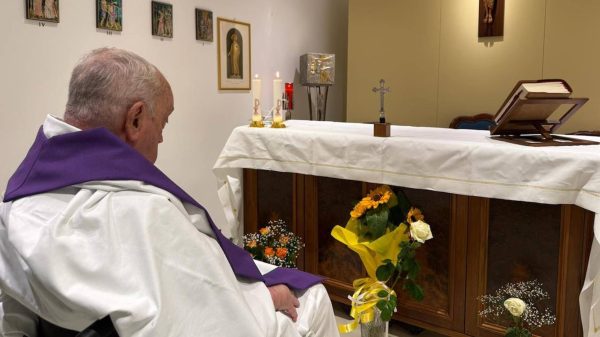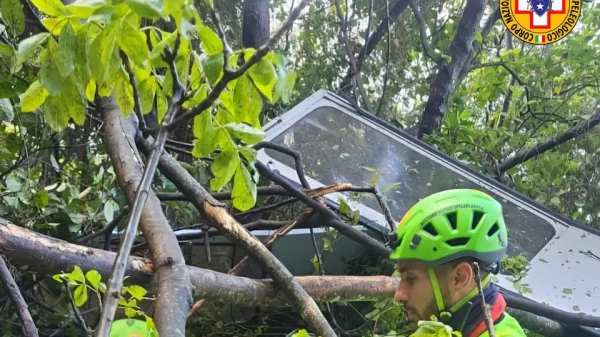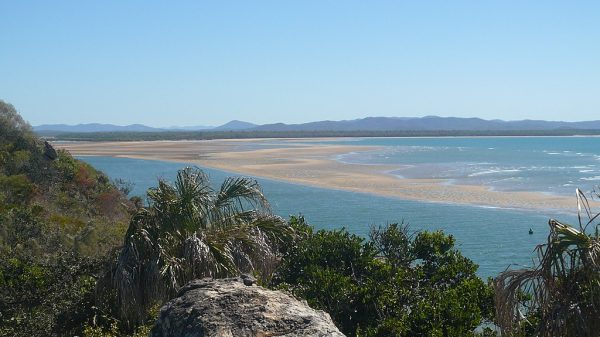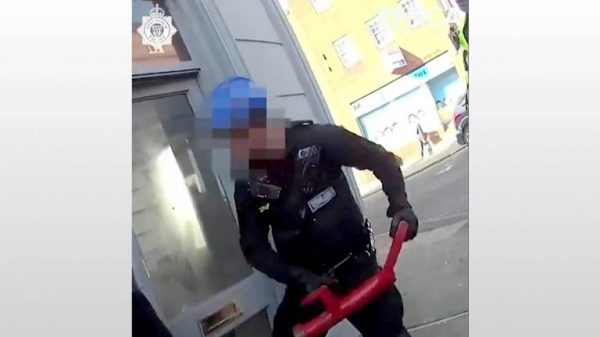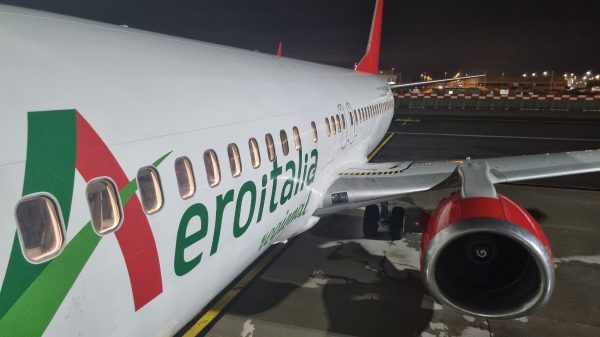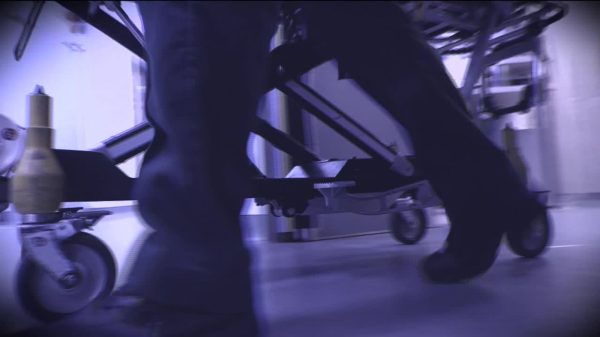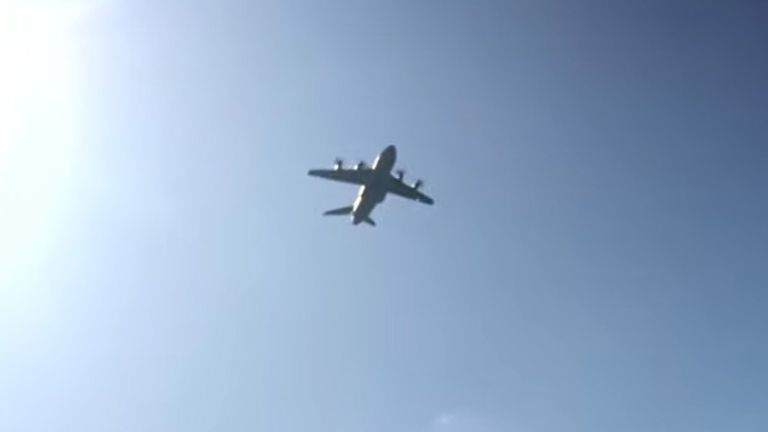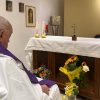The logistics and the combat are the two biggest risks to the UK’s mission of evacuating thousands of British passport holders from Sudan.
The two warring parties in the country agreed to a 3-day ceasefire, but previous truces failed, so the capital Khartoum remains extremely volatile and dangerous.
The UK will operate from a Sudanese airfield north of the capital – the same as was used over the weekend to save British diplomats, their families and other EU nationals. According to reports, the French armed forces helped secure Wadi Sidna and are using it to save their citizens and EU nationals.
Even though you are in a relatively secure location, there is still a threat.
Royal Air Force transport aircraft – a C-130 Hercules, and an Airbus A400M are still in the airspace over a conflict area. This means that they could be exposed to missiles or gunfire.
As the UK, France and any other foreign nation evacuating people is not involved in combat, they should not be targeted.
There is always a possibility that a mistake could be made, a miscalculation made, or an attack was planned, given the chaos on the ground.
The British nationals, who have to travel from their home in Khartoum, around 20 miles (30 km) away, will face the greatest danger.
Since almost two weeks, the city has been a battle zone. Hunderts of people are dead.
There are checkpoints all over the city, with paramilitaries and rival soldiers in separate sections.
Checkpoints are dangerous to navigate
There could still be fighting if the two generals who are at the center of the conflict have not yet given the order to the young, armed soldiers on the ground.
Even during a fragile truce, it will be dangerous to navigate checkpoints.
The UK government gives priority to those who are most vulnerable, including children, the elderly and people with disabilities. These are the people that will have the most difficulty making the trip.
The British could enter Khartoum to help with the exodus of people.
This would be a very high-risk decision – to send armed British soldiers into a combat zone.
Late Saturday night, a group of elite British troops inserted themselves in the capital to rescue British diplomats. They drove them successfully to the airfield.
A team of French Special Forces was also attacked as it left the French Embassy, and one soldier was wounded.
Click here to read more
UK Government issues warning Ceasefire in Sudan has begun
Irish mother who fled Sudan is ‘heartbroken” as her husband remains behind
Foreign Commonwealth and Development Office hopes civilians can make their way to the aircraft on their own. While still dangerous, it is less risky than sending British soldiers to herd them out.
It will be necessary to make efforts to prevent a stampede by other Khartoum residents who want to leave.
The UK will be aware of the horrific scenes that took place outside Kabul Airport in Afghanistan during the summer of 2021, when thousands of Afghans desperately tried to get on international evacuation flights.
The situation is different in Sudan and the airport is located outside of the city, so it is easier to control.
Ben Wallace, defence secretary, announced that the Royal Marines, 16 Air Assault Brigade and the RAF were involved in the evacuation efforts.
The 16 Air Assault Brigade, a unit of airborne combat forces with the highest level of readiness in the army, is the 16th Air Assault Brigade. They are always on alert to respond to a crisis. This brigade was responsible for the evacuation of Kabul.
How UK evacuees flee
In Sudan, there’s also the logistical problem.
The UK, unlike the US or France, does not have any military bases in the area.
The armed forces operate out of RAF Akrotiri in Cyprus. This is a Royal Air Force Base located more than 2,000 km from Khartoum.
Airlifts will be carried out by the UK using the C-130 Hercules, a reliable and much-loved aircraft that is perfect for working in harsh and dangerous conditions. However, it is being retired next month due to cost-cutting measures.
The RAF will work hard to avoid this problem, as all military aircraft are prone for technical problems.
A second option is for the UK to ship British nationals from a port located in the east.
On Monday, a team of soldiers took off for Port Sudan to conduct a reconnaissance mission. A Royal Navy frigate called HMS Lancaster is also in the area and ready to help if necessary.
British citizens will have to travel more than 500 miles from Khartoum, the capital of Sudan, to the Red Sea Port.
The route normally takes 13 hours by car, but now it could take as long as 40 hours due to checkpoints and congestion.

